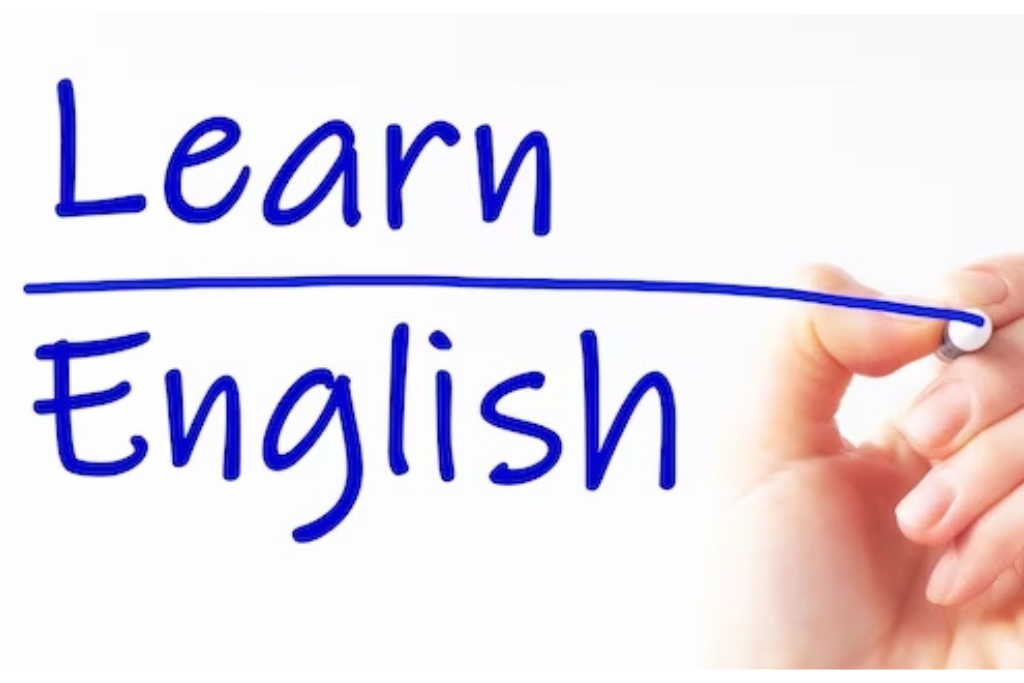Blog Details

Fluency in spoken English: An elusive goal made simple
Learn How to Speak English Fluently
Fluency in spoken English is a highly sought after attribute that even long standing English learners struggle with at times. So, what is fluency?
Fluency can be described as the ability to speak a language at a natural pace, with the use of proper expressions and clarity, without having to search for language or pause excessively.
Fluency has less to do with grammatical accuracy and more to do with confidence and clarity of communication. The English fluency of an ESL student is tested on all these parameters when they communicate with a native English speaker or a non-native who is proficient in the English language.
It is an important attribute to be able to communicate effectively, and at length with proficient or native English speakers. This means that they are able to understand what you are saying and you are able to comprehend what they are saying, taking into account different accents, idiomatic and metaphorical use of language, figures of speech, etc.
While Fluency are of different types - reading fluency, oral fluency, oral-reading fluency, and written or compositional fluency; in this blog post we will discuss oral fluency in details and how one can develop it outside of an ESL classroom.
While ESL classrooms are great interactive spaces for ESL students to learn and explore their fluency level in a safe and encouraging environment, the classroom is bound by schedule and limitations of time. Even though digital, online classrooms have come up as a boon for students around the world, one still needs to have constant access to high speed internet and data to be able to be fully benefit from them. This poses a challenge to many learners from disadvantaged communities who do not have access to high speed data or to those who are not tech-savvy.
However fluency in oral English language can easily be developed from an early level by consuming audio-visual content and audio content which can be graded from easy to follow, beginner level – like children’s animated movies, educational videos; to medium level – documentaries in English, news bulletins and evening/morning/prime time news, trailers of English movies, game shows in English, English songs; to advanced level content like – English movies, political debates in English, talk shows in English, etc.
Having regular conversations in English is a perfect way to get over the initial beginner’s hesitation to talk in a foreign tongue. Watching videos and listening to podcasts on your topics of interest is another fun way to integrate English into your daily life outside of the classroom and make it relevant to individual interests.
Using a dictionary for a new word that one hears is a great way to add to your vocabulary bank. Idioms, proverbs and metaphorical phrases can always be searched online but if the learner finds it confusing, then its best to note down the phrase and ask the tutor to clarify.
BBC learning channel on YouTube is a good resource to get started on your English language journey, as they have something for each topic and each level. Check out ‘Tips on progressing from intermediate to advanced’ here.
Remember that fluency is not something that only Indian students struggle with. Every English learner across the globe, from Asia to Europe, to Africa and Middle East struggles with their English language fluency at some stage or the other. The key is to find resources that work for you and keep practicing!
written by Ms Sampriti Datta, Visiting Faculty at Sanjeevana







